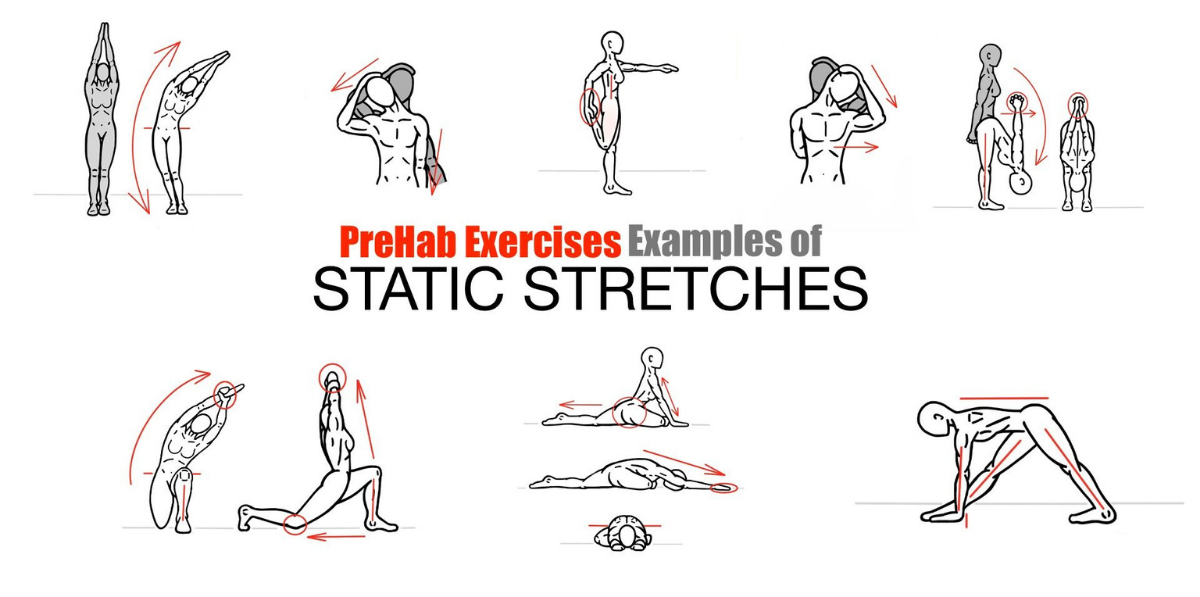Stretching
Is it helping or hurting?
At some point in our fitness journeys, most of us have heard that stretching is a critical pre-workout activity. You wouldn't want to pull a muscle, right? Did you know that there are 7 different types of stretching? While they all have positive benefits when performed correctly, they can also negatively affect your workout if performed incorrectly or at the wrong time.
What comes to mind when we hear stretching is often static stretching.
What is STATIC STRETCHING?
Static Stretching is when we stretch a muscle to the maximum length and hold the stretch, usually for about 20 seconds.
Something you may not realize - most health and fitness experts believe that pre-workout static stretching may lead to less than optimal workout performance and that it doesn't necessarily prevent injury.
Now you might be thinking, "If pre-workout static stretching is a no-no, how should we stretch before a workout?" Rather than engaging in pre-workout static stretching, make sure that your muscles are properly warmed up and that your joints are mobilized. Let's talk about a few alternatives.
Dynamic stretching is thought to be a better pre-workout option than static stretching.
What is DYNAMIC STRETCHING?
Dynamic stretching consists of gradually moving the joint through a full range of motion. An example of dynamic stretching would be controlled lateral shuffles, leg swings, or torso twists.
Experts have found that pre-workout dynamic stretching can be helpful in mobilizing and warming up joints and muscles, while minimizing negative effects and performance losses. A tool to use in conjunction with dynamic stretching is foam rolling. This helps relieve tension in tight muscles and corrects imbalances; balanced movement patterns increase performance.
Another option is PNF Stretching (proprioceptive neuromuscular facilitation).
What is PNF STRETCHING?
PNF stretching consists of stretching the muscles to maximum length and then forcing against the stretch for a matter of 10-20 seconds before relaxing.
PNF stretching is a passive/isometric stretch technique that can be used in moderation prior to workouts to help achieve balance in your body. If you find yourself needing to increase range of motion, PNF stretching techniques can be the very impactful in the short term. It enables you to move beyond the full stretch point previously achieved.
This can be very beneficial to help with imbalances in muscle groups or in gaining range of motion prior to a workout. It is important to note though, too much PNF stretching could possibly lead to lower performance due to muscular fatigue.
As with any topic in the word of fitness, there is a variety of conflicting studies published on the positives and negatives of stretching before a workout. One thing experts agree on is that a proper warm up is a necessary component of a safe and effective workout.
For more information on stretching check out these resources below.





